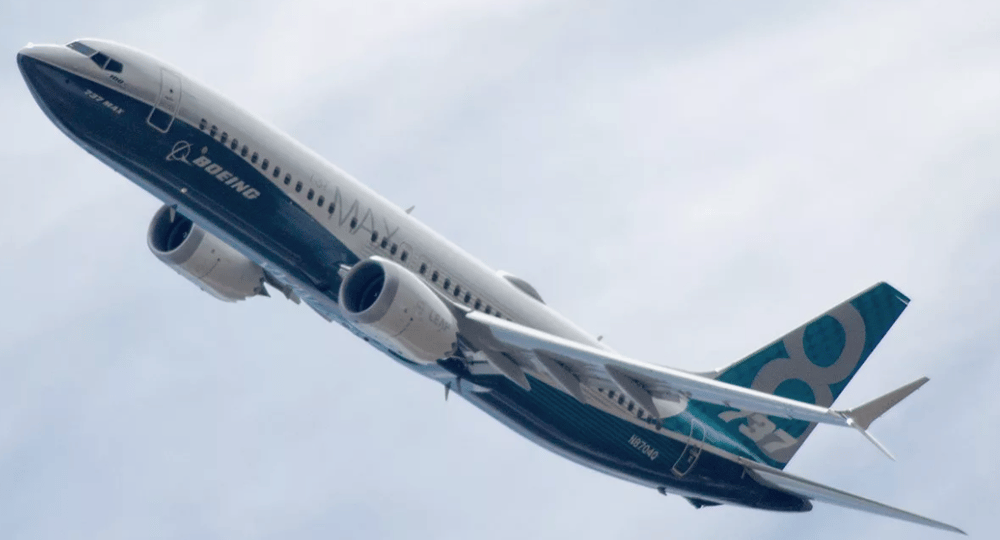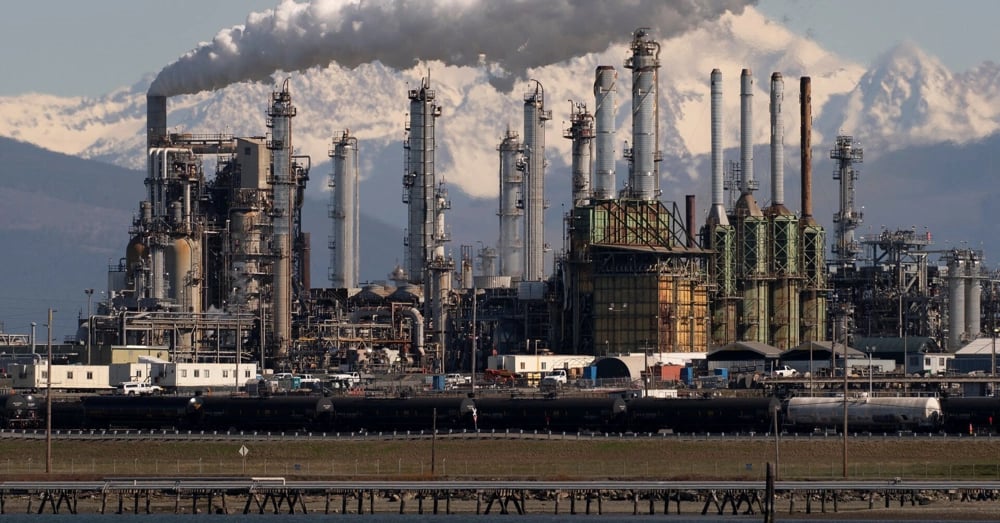Boeing 737 MAX Output Capped at 38 Units per Month Amid FAA Oversight and Ongoing Crisis
The Boeing Company $BA, once a global benchmark for aerospace manufacturing, has entered a new phase in its recovery strategy. Following a series of safety lapses and regulatory scrutiny, Boeing now aims to stabilize the monthly output of its flagship aircraft, the 737 MAX, at 38 units, according to Doug Ackerman, Vice President of Quality for Commercial Airplanes.
This decision aligns with limits imposed by the U.S. Federal Aviation Administration (FAA), which introduced a production cap after a critical safety incident in January 2024 involving a nearly new 737 MAX. The company’s push for operational steadiness comes amid intense oversight, strained internal dynamics, and a fragile public image.
Regulatory Clampdown and Production Volatility
The FAA’s intervention was a direct response to a mid-air panel blowout, rekindling concerns over Boeing’s quality assurance systems. The regulatory body capped monthly production at 38 aircraft, pending further improvements in safety protocols and internal controls.
Before the FAA imposed limits, Boeing’s 737 MAX output ranged between 10 and 30 aircraft per month. However, recurring crises—including fatal crashes, leadership changes, and supplier issues—reduced operational reliability and significantly impaired the company’s manufacturing cadence.

Key Facts:
Current Production Cap: 38 aircraft per month (FAA-imposed)
Previous Output Range: 10–30 aircraft per month
Safety Incident: Mid-air panel failure in January 2024
Aircraft Type: Boeing 737 MAX, Boeing’s best-selling model
Executive Statement: Doug Ackerman confirms production stabilization goal
Market Reactions and Strategic Implications
The announcement comes at a pivotal time for Boeing, which is under pressure to demonstrate measurable improvements in both quality control and operational execution. Markets responded cautiously; Boeing shares (BA) showed modest volatility, reflecting investor uncertainty regarding the company’s long-term capacity to rebuild stakeholder trust.
The stabilization of production—though symbolically important—does not yet signify recovery. Industry analysts view the FAA’s role as a critical mechanism for enforcing accountability and pushing for deeper cultural change within Boeing.

Key Takeaways:
FAA Oversight Intensifies: Boeing remains under stringent production restrictions until further notice.
Operational Risks Persist: Supply chain inconsistencies and quality assurance gaps continue to challenge output normalization.
Employee Morale: Internal sources suggest workforce sentiment remains subdued amid continuous regulatory and public pressure.
Investor Sentiment: BA shares show minimal gains post-announcement, indicating that market participants are awaiting more structural reforms.
Reputational Recovery: Boeing’s brand remains damaged, with public and airline confidence lagging behind technical improvements.
Structural Recovery Still Distant
Boeing’s plan to stabilize 737 MAX production at 38 units per month marks a step toward operational discipline but underscores a broader struggle. The FAA’s imposed ceiling is both a constraint and a necessary lever for reform, as Boeing confronts deep-rooted issues in governance, quality control, and organizational culture.
While this production target reflects an attempt to restore predictability, true recovery will depend on sustained transparency, demonstrable safety enhancements, and the regaining of trust from regulators, customers, and the flying public.















Comments